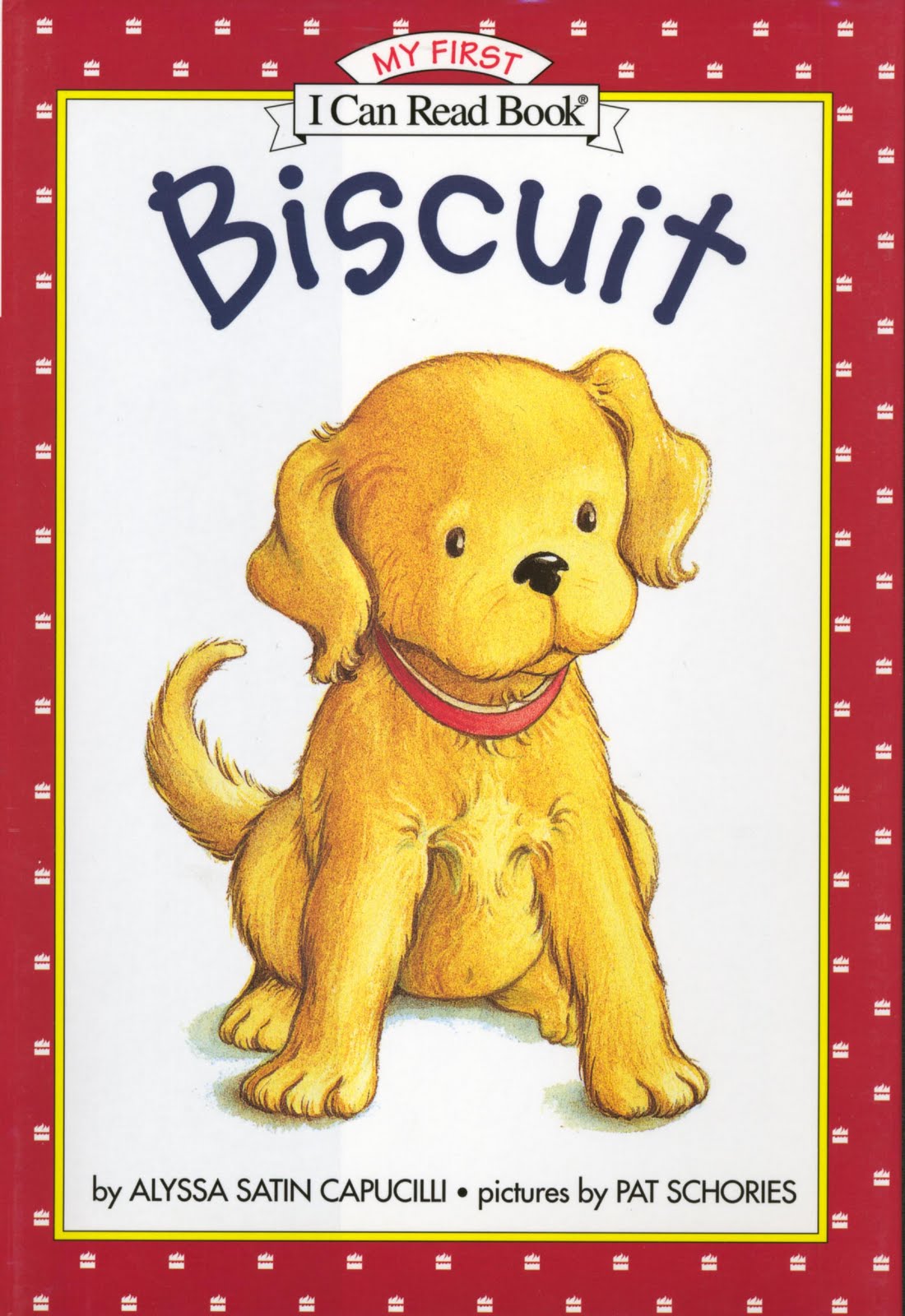Favorite books during the time had bright, graphic illustrations, repetitive language, and rhymes. B continued to love flap books as well as books that were interactive in other fashion (such as having peep holes or touch and feel). His favorites (and ours!) from this time period include:

1. Red Truck, by Kersten Hamilton This is a fun read that toddlers and preschool aged children love as well. Babies enjoy the graphic illustrations, the onomatopoeia, and the rhyming text. I was so excited to find the board book for B!

2. Who's In the Farmyard? by Phyllis Gershator. This colorful board book with its large size, peep holes, predictable text, rhymes, and animal sounds is a full package for older infants!
3. Clare Beaton's Nursery Rhymes. This is a great age to introduce nursery rhymes, but it's important to try to find a board book if your baby is as rough with books as mine was! This sweet little collection has charming pictures made out of antique fabrics that are bright and vivid enough to interest babies. B liked reading a new rhyme on each page. This one is still a favorite at 15 months!

4. Biscuit, by Alyssa Satin Capucilli I was not prepared to like Biscuit books, as I viewed them as an "I Can Read" series low on content. But we randomly took home a board book version of the original, Biscuit, and all three of quickly became big fans -- B most of all! Simple, repetitive language make this a great story for bedtime or anytime.

5. In My Meadow, by Sara Gillingham & Lorena Siminovich. This sweet finger puppet book (and others in its series) always make B smile! With simple language and a lovely little story, this book can keep an active baby engaged in reading.













